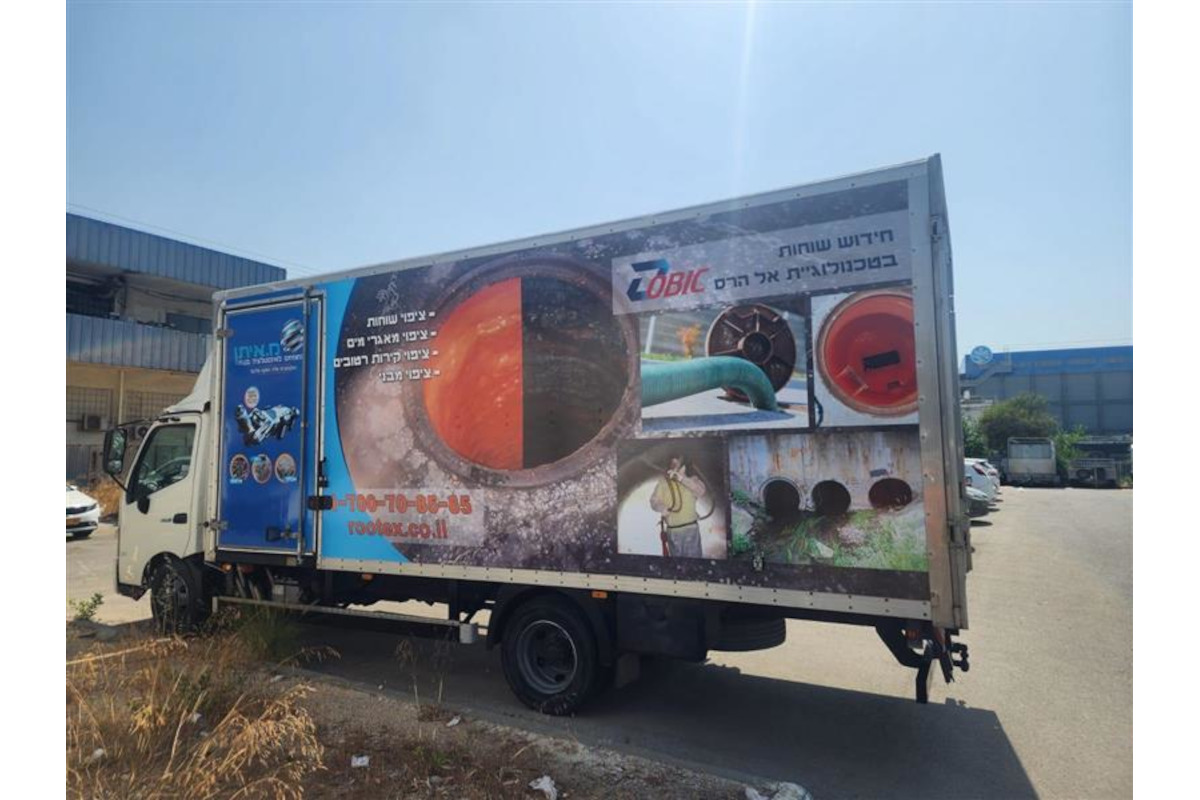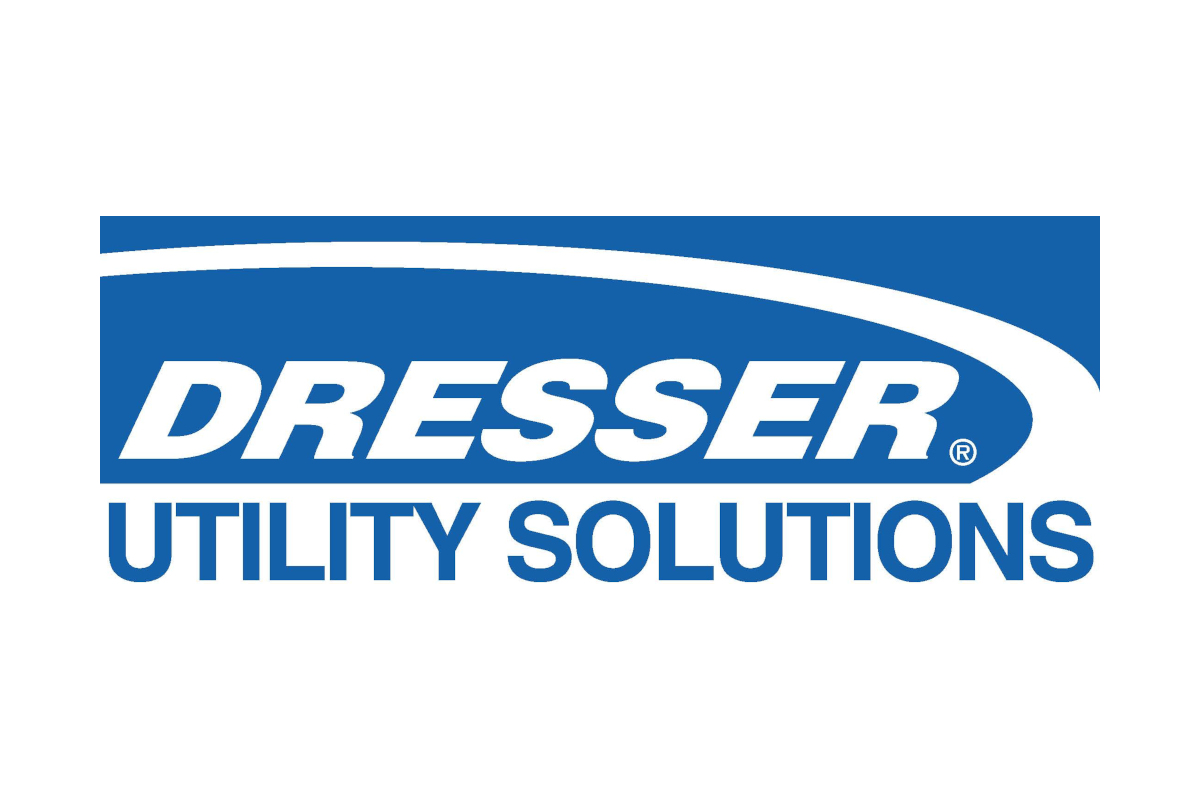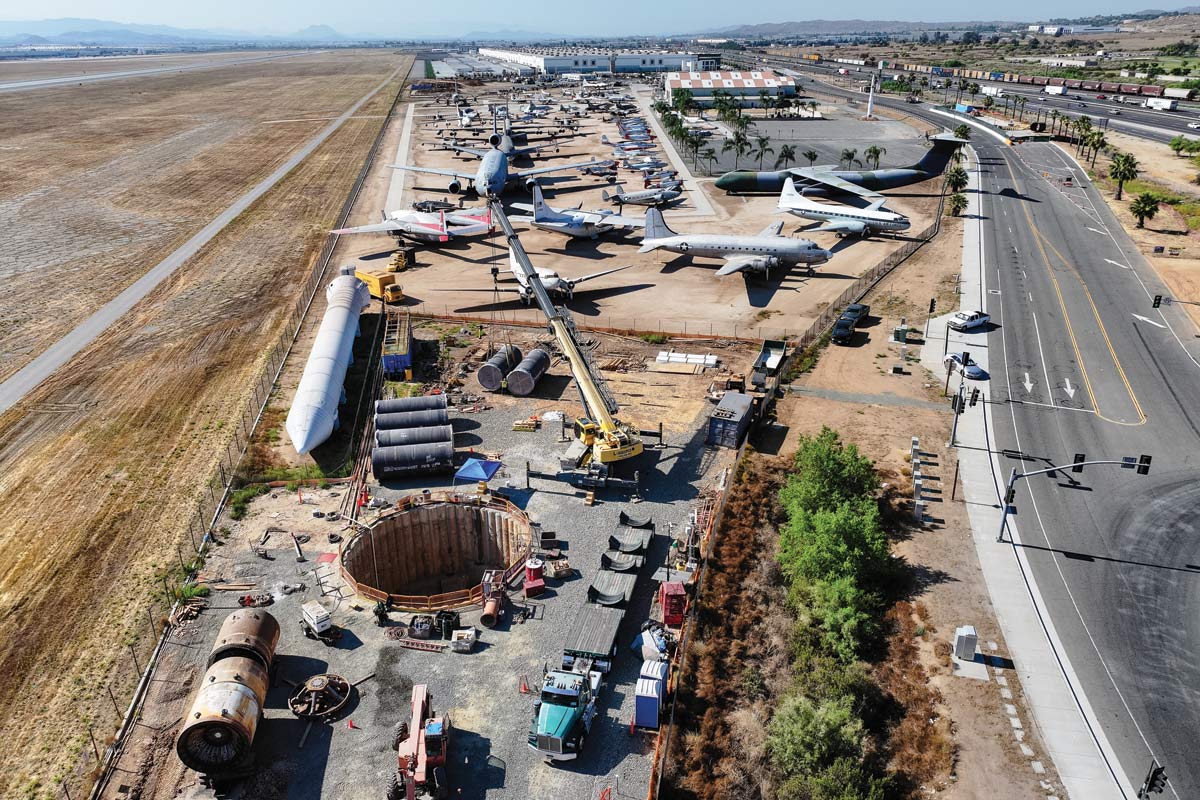
Trenchless Service Company’s Growth Dictated by Quality Employees
March 4, 2015
C&L Water Solutions Provides Innovative Solutions in the Rockies
In business, it is often said that building a culture drives results. In the case of C&L Water Solutions, that culture started in 1979 with Larry and Chrystalla Larson, their home’s basement serving as the office and their garage as an equipment storage area.
In its first 27 years, Littleton, Colo.-based C&L Water Solutions focused on open-cut sewer and water distribution installations and emergency repairs for municipal customers in Colorado. In 1990, the company first learned about trenchless when a subcontractor did some lining work for C&L. The company began watching the trenchless industry but it was another 15 years before it got serious about offering trenchless services.
Today, the Larsons, Larry as vice president and Chrystalla as president, have grown the business into three divisions — trenchless, maintenance services and excavation. C&L is now one of the largest trenchless service providers in the Rocky Mountain region and their sons, Chris and Jason Larson, are leading the growth of the trenchless division.
“We handle over 50 water and sanitation districts in the Denver-metro area. Over time some of our clients approached us with additional needs, trying to figure out the best and most economical way to upgrade or rehabilitate their infrastructure. They came to us and said, ‘Hey we need these services, we need you to look into this’,” says C&L trenchless projects manager Chris Larson. “That’s when my father (Larry Larson) started doing some research and eventually landed with ProKasro Gmbh, one of the best UV equipment manufacturers in Germany”
At this time, C&L built its first trenchless piece of equipment, a ProKasro tap rehabilitation unit. Shortly thereafter, in 2007, thanks to input from ProKasro, C&L Water Solutions entered into the UV cured-in-place pipe (CIPP) market with Saertex Multicom USA.
Chris Larson says it was the market driving the company into the trenchless industry, and now trenchless work accounts for approximately 65 percent of C&L’s workload and spurred a second location in the Ogden, Utah area. The bulk of the trenchless work is on the CIPP end.
“We started out with a few very small projects. In fact, it was very challenging for the first couple of years, with focus mainly on trying to educate the customer about the high-quality product,” Chris Larson says. “We are talking a thousand feet here and a few laterals there, and then in fall 2009, two years after we got set up, we landed a large federal stimulus project for the Denver Federal Center.”
That project fell right into C&L’s wheelhouse because it required both open-cut and trenchless repairs, dull line replacements, pipe bursting and CIPP. At that time, C&L was the only company in the Denver-metro area that offered all of those methods under one roof.
“We were the logical choice for the general contractor on that particular project because we were a one-stop shop,” Chris Larson says. “It ended up being a little more than a $2 million project that really kick-started our journey to more sustainable trenchless contracts.”
Multiple contracts in the pocket are great for business, but mean little if the product is not installed correctly and does not perform as promised. That’s why C&L focuses on hiring employees who fit its culture of quality, with growth dictated by finding the right crews, not by offering the most technologies.
“A poor performing installation crew can make a product look bad no matter how good that product is,” Chris Larson says. “It’s our crews that make the difference because they take their time, they put it in right, they leave the client with a sustainable product and, if there are issues, we back the work up long after our warranty period is over. That’s what brings our clients back around.”
By having both high-quality product offerings and talented crews, C&L now has several multi-year rehabilitation contracts and started this year with a $10 million backlog of projects as its clients specifically request its UV-cured lining process.
“We believe that UV cured-in-place pipe provides a superior quality product than what is currently being used. We don’t have to worry about being on the edge of whether it will work,” says Larry Larson. “We cover the strength characteristics and qualities. Felt CIPP is a good product but this takes it a step forward.”
Unlike water- or steam-cured liners, Larry Larson says the ability to inspect the glass reinforced pipe (GRP) before it is curing decreases “surprises” after the liner is cured. Having a keen attention to detail and quality control measures like this in place has helped establish C&L as a one of the top trenchless lining contractors in the Denver-metro area. It also helped to make C&L Water Solutions Saertex’s largest contractor in the United States.
Jeff Maier, recently appointed director of engineering for C&L, adds that, “In addition to the high degree of quality control throughout the process, UV-cured CIPP provides a very effective lining solution in situations where infiltration is a problem.”
“There are no surprises at the end. The customer likes the fact that the quality control is there, that we know, that every inch of that line was cured before we pulled off of it,” Larry Larson says. “There are so many advantages to it, we just had to get the word out to people. That is the big challenge: educating the customer on what they were going to get and how it was different from what they were getting.”
In 2012, C&L’s reputation led the company to tackle one of its most challenging projects — the Denver International Airport (DIA) North Terminal sewer rehabilitation project. Those familiar with that airport know that the baggage tugs and other equipment operate in tunnels underneath the terminals. For this particular project, a 6-in. wastewater drain line running beneath the tunnel needed to be relined.
Because the tunnel runs under the terminal, only compressed natural gas or electric equipment is allowed in the work area. Open-cut methods were a viable option, but Larry Larson points out that would have required the removal of large amounts of concrete and the re-routing of utilities and other equipment that call the tunnels home.
“It was definitely a unique challenge that was presented to us,” says Chris Larson. “It probably saved the airport several million dollars because they were planning on pulling concrete panels and replacing one stick of pipe a night due to the time constraints that were involved with DIA.”
C&L Water Solutions and the other contractors on the project spent about six months planning and C&L’s part required removing equipment from its trucks, mounting it on casters and rolling it down the tunnels. For the UV-curing of the liner, crews were able to plug into the existing electrical system in the tunnels for power. The pipe was relined through small incisions in the concrete. Power and lines for the CCTV inspection equipment ran from the trucks through drains above the tunnels and to the equipment.
“This project showcases the true essence and the benefits of trenchless,” Maier says.
Word of mouth and a quality-focused reputation is how C&L secured the Denver International Airport project, and it’s how the company found its way to Utah as well. C&L’s Utah operation is now well established in the Salt Lake City market, serving that metropolitan area from Provo to Ogden, as well as clients statewide.
An engineer firm in Utah, working for a sanitary sewer district, contacted C&L in 2011, mentioning that its experiences with trenchless methods were not positive and wanted to visit a C&L jobsite to see how they work.
That group came to a 42-in. relining project that, by horrible coincidence, went awry and the visitors left before the project was completed. In the end, C&L was able to recover the tube, fixed the issues and sent the Utah group photos of the successfully completed project. “Often it is not how you start, but how you finish on a project that is important. Despite the hiccups during the installation, C&L made the situation right and provided the client with a high-quality liner,” Maier says.
The engineers must have been impressed because, according to Chris Larson, within six months a $5.5 million lining contract, using C&L’s methods, was put out to bid and C&L ended up getting the contract.
“It was a very complex project and quite honestly pushed our limits but we executed it very well with no problems on the jobsite,” says Chris Larson. “It went absolutely perfect. They were so thrilled they are going to continue projects.” This project and several other projects since have been instrumental in building C&L’s Utah operation.
Looking ahead, C&L looks to add to its trenchless offerings, which now include sliplining, manhole rehabilitation, pipe bursting, tap rehabilitation and CIPP, to include advanced pipeline condition assessment and water main lining. The first step of this process was the addition of Maier late last year. This, Larry Larson says, will allow the company to offer more support to its customers by providing technical engineering assistance and trenchless expertise to help develop innovative solutions for water, wastewater and stormwater projects.
The hiring of Maier, growth of trenchless service offerings and the overall growth of C&L will happen only when the right people are in place.
“How fast we can find the right people to serve our clients with their best interest and long-term results in mind will dictate how fast we grow. That’s really what has driven the actual success of this company from 1979 to today,” says Chris Larson. “That’s how we have overcome all of our challenges. It’s not been one mind; it’s been a set of minds that come on to the project that are invested emotionally into the success of that project.”
Mike Kezdi is assistant editor of Trenchless Technology.





